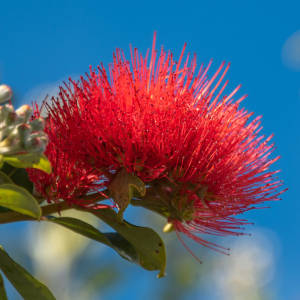Came for in a Visit
I was out taking this shot in my garden when this hoverfly landed just at the right time, then flew off again. So I was lucky to get him in the shot.
We had a wonderful warm day again.. it has been a strange sky with lots of odd looking clouds and light. I would say that we will get a good sunset tonight!
Hoverflies are often mistaken for bees or wasps but they are stingless and only have two wings rather than the four you’ll see on wasps and bees. They are incredibly useful in our gardens where they play an important part in the control of sap-sucking aphids. Hoverflies are more accurately known as syrpid flies and there are various different species that visit our gardens. Evenly-striped, black and yellow abdomens make them conspicuous but it is the way they fly that most obviously separates them from bees and wasps. Hoverflies tend to dart about like flies. They hover momentarily as they look for bright, open-faced flowers where they seek nectar as well as surveying plants for places to lay their eggs near aphid colonies. It is the larvae of the hover fly that prey on aphids, thrips and even small caterpillars – a single larva can consume up to 60 aphids per day – reason enough to encourage them into our vegetable gardens and orchards. Larvae are fairly inconspicuous, growing to about half an inch in length they look like a short, dull greenish brown maggot with a pointed head area and flattened ‘cut-off’ rear.
Hoverflies can be active all year round but warmer spring and summer weather as well as an abundant food source sees their numbers increase. Tiny whitish, oval-shaped eggs are laid by females on the underside of leaves, these hatch within a few days and the maggot-like larva crawls around on leaves consuming prey for about three weeks. Larvae then form a pupa before emerging as an adult. The cycle from egg to adult can take as little as three weeks during summer and two to three times as long in cooler months depending on temperatures. Hoverflies can overwinter as adults as well as pupae attached to plant stems.
Taken from and for more information on Hoverflies.

Comments
Sign in or get an account to comment.


